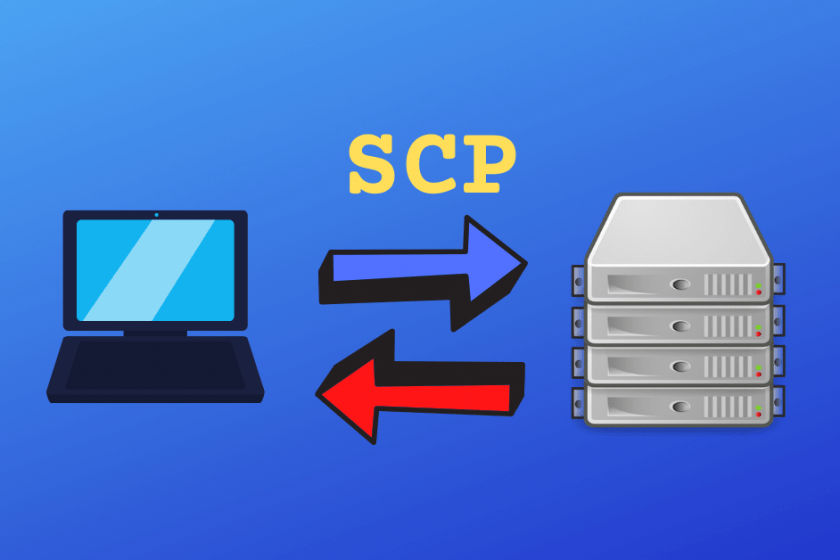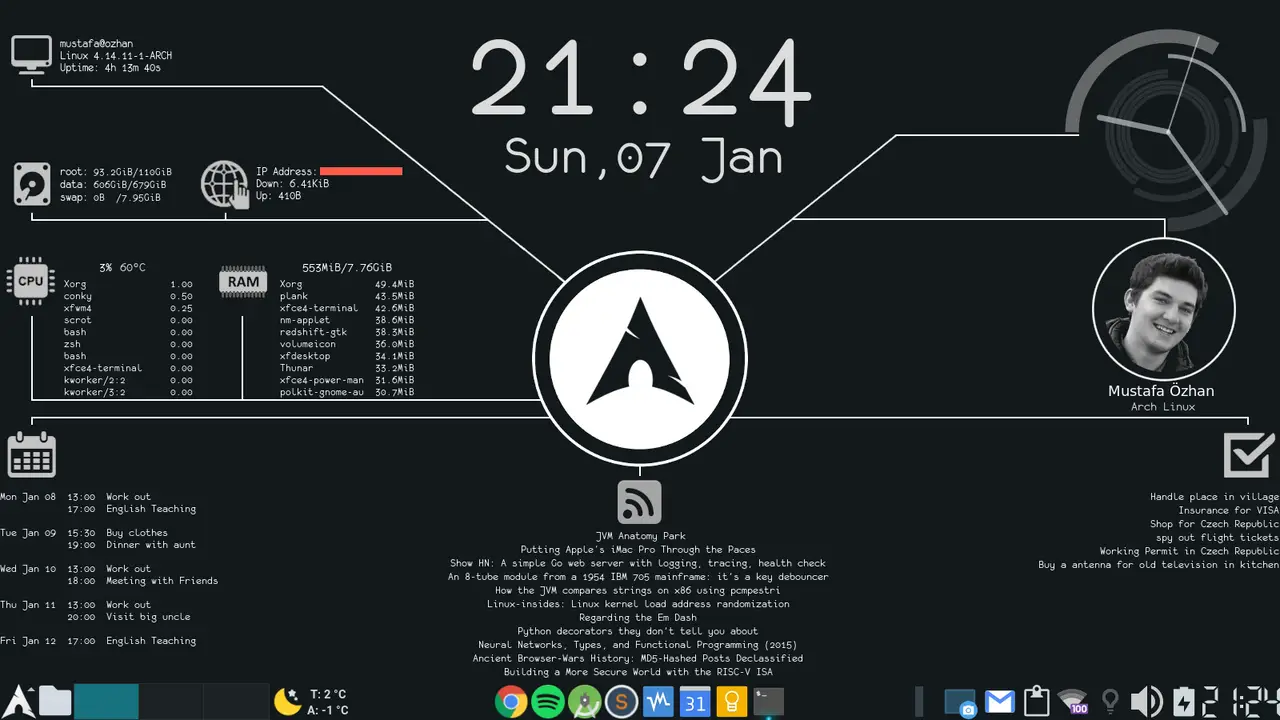
The cp (copy) command is one of the most basic tools in any Unix-based operating system, such as Ubuntu, Mint, and Debian. It is used to copy files and directories from one location to another. This tutorial aims to provide a comprehensive guide for the effective use of the cp command in the context of Linux-based...




